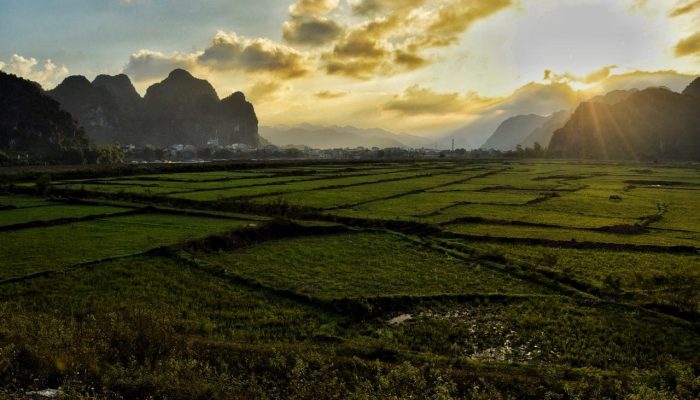World Wetlands day is celebrated on 2nd February, marking the adoption of the Convention on Wetlands, also known as Ramsar Convention, in the Iranian city of Ramsar on 2nd February 1971. It “provides the framework for national action and international cooperation for the conservation and wise use of wetlands and their resources.” Today 170 countries have adopted it and 2,341 Ramsar sites covering ...[Read More]
Bárbara Zambelli Azevedo: Phosphorus Crisis – A Food Crisis?
Take a look and try to identify anything around you that has phosphorus as a component. Phosphorus – the P element – is critical for life, like oxygen, nitrogen and carbon, being present in every plant, animal and bacteria. It constitutes cell walls, DNA, RNA and ATP, which transports energy to the brain. Our bones and teeth include phosphorus. Now look again and you might see that pho ...[Read More]
Robert Emberson: Soil Erosion and Sustainable Development
Over the last few weeks we’ve introduced you to some new faces on the GfGD blog, including Robert Emberson, Heather Britton and Jesse Zondervan. Today, Robert (based in Victoria, Canada) writes on the connections between soil erosion and sustainable development, and poses the question – is soil one of our most threatened resources? When we talk about sustainable energy sources, most of the ...[Read More]
Guest Blog: Could agroforestry do more to protect Rwandans from hazardous landslides?
Megan Jamer is a geoscientist from Canada, and an avid cyclist and explorer. Megan is currently travelling around East Africa on bicycle, taking in some remarkable sites and observing first hand the relationship between geoscience and sustainable development. Today Megan makes her debut on the GfGD blog site, writing on the relationship between agroforestry, landslides, and disaster risk reduction ...[Read More]

